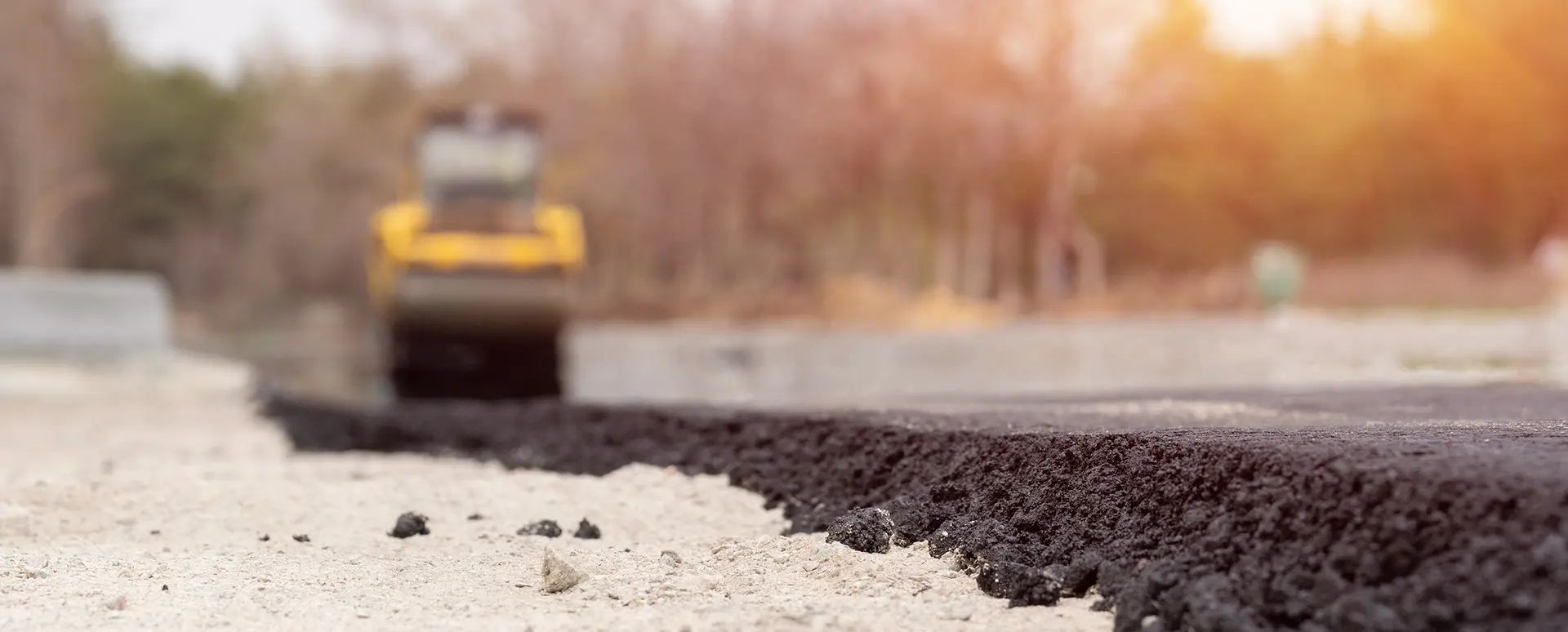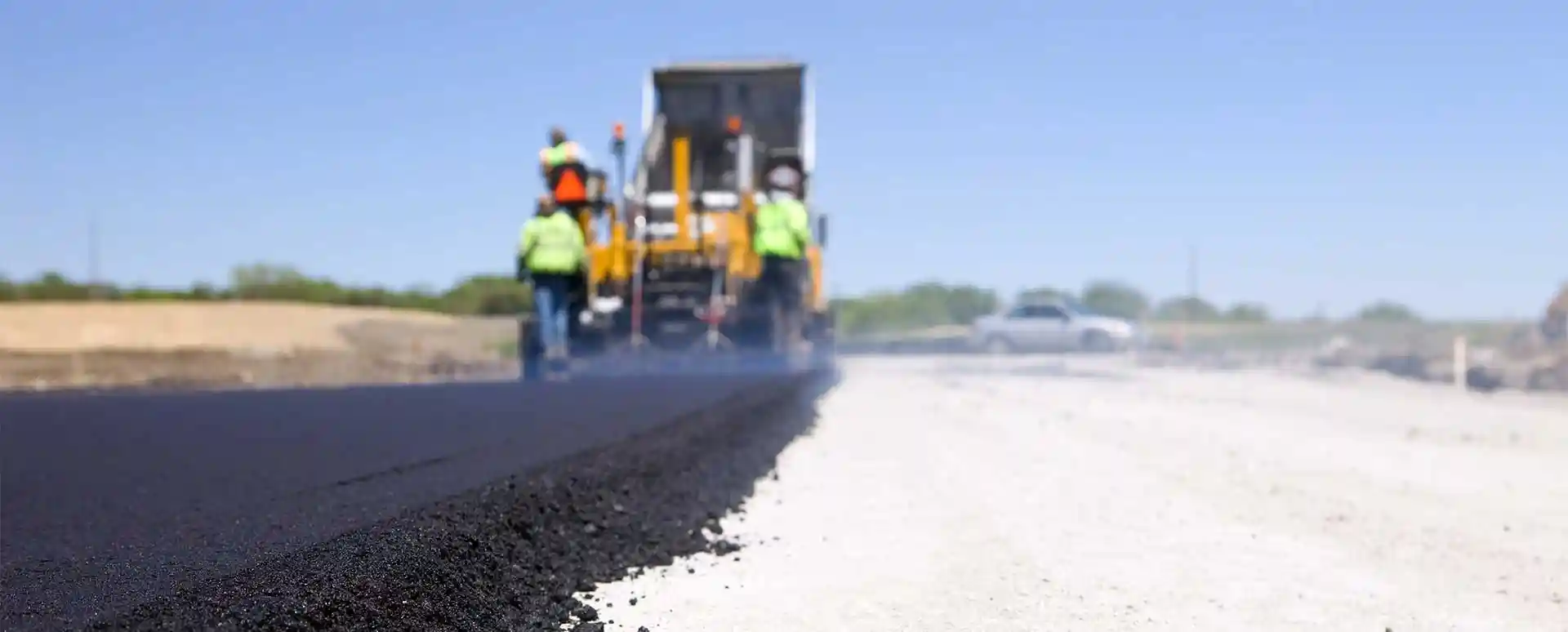Solutions
Anti-Strip for Asphalt
What is Anti-Strip for Asphalt?
One of the leading causes of deterioration in asphalt is moisture-induced stripping of the asphalt binder from the aggregate. There are two broad categories for anti-stripping agents for asphalt, hydrated lime and liquid anti-strip. Hydrated lime is the superior additive when it comes to reducing stripping potential. When added to the aggregate as part of the asphalt mix, hydrated lime increases the bond strength of the binding between the aggregate and binder. Liquid anti-strip can also increase the adhering forces between the aggregate and the asphalt, but historically has been shown to not be as effective as using hydrated lime(1).
Benefits of Hydrated Lime as Anti-Strip for Asphalt
- Reduces stripping to extend pavement life
- Improves resistance to fracture growth in low temperatures
- Improves moisture stability and durability
- Alters oxidation chemistry in the binder to reduce age hardening
- Alters clay fines to improve moisture stability and durability
- Provides greater tensile strength compared to untreated and liquid treated asphalts
- Hydrated lime is the economical option when compared to liquid anti-strip
- Hydrated lime acts as a mineral filler, stiffening the asphalt binder in Hot Mix Asphalt (HMA)
Choosing your Anti-Strip Based on Aggregate Composition
Some types of aggregates have a higher stripping potential than others. The risk of moisture-induced stripping is reduced when limestone and marble (calcium rich) aggregates are used, and therefore hydrated lime is typically not needed. However, granite and quartz (silica—rich) aggregates are more susceptible to stripping and anti-strip agents such as hydrated lime are needed, otherwise the asphalt may prematurely fail.
Mintek is here to help you find the best solution for your next asphalt project. Contact us today to request a quote or learn more about anti-strip for asphalt.
(1) GDOT Research Project No. 06-23, “Effectiveness of Anti-Strip Agents in Asphalt Mixtures – Final Report”, July 2012
Related Blog Posts
More on Anti-Strip for Asphalt
What is Hydrated Lime?
Hydrated lime, sometimes referred to as “slaked lime” or more likely just “hydrate”, is a versatile chemical with many uses across numerous industries and applications. Technically, hydrated lime is calcium hydroxide, Ca(OH)2, a derivative of quicklime – another...
Anti-Stripping Agent for Asphalt – Application, Process, and Effect
What are the Different Types of Hot Mix Asphalt Plants? There are two basic configurations for plants used in the production of Hot Mix Asphalt (HMA), continuous or batch plants. Both configurations use two main ingredients, aggregate and asphalt binder. A Hot Mix...

